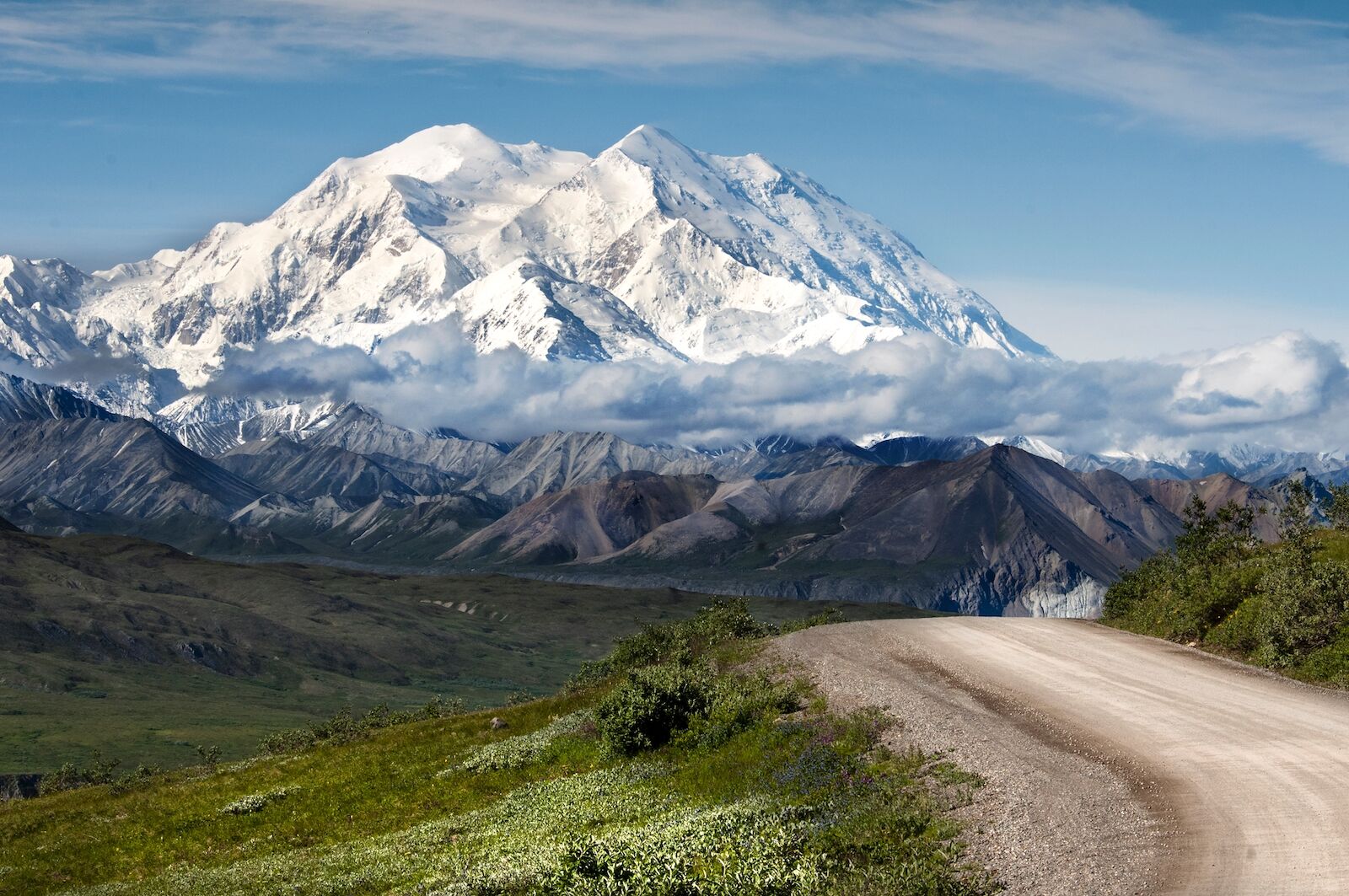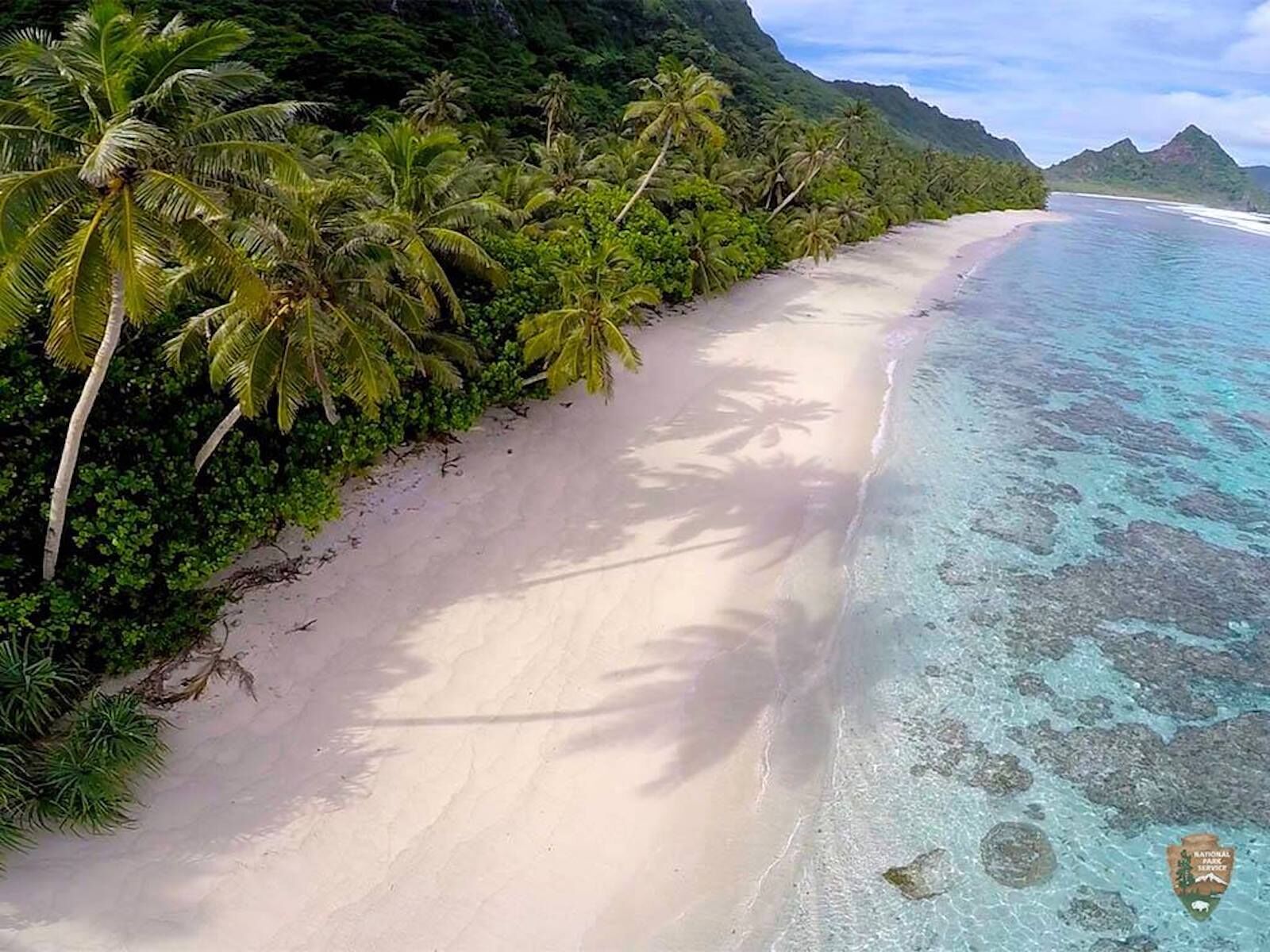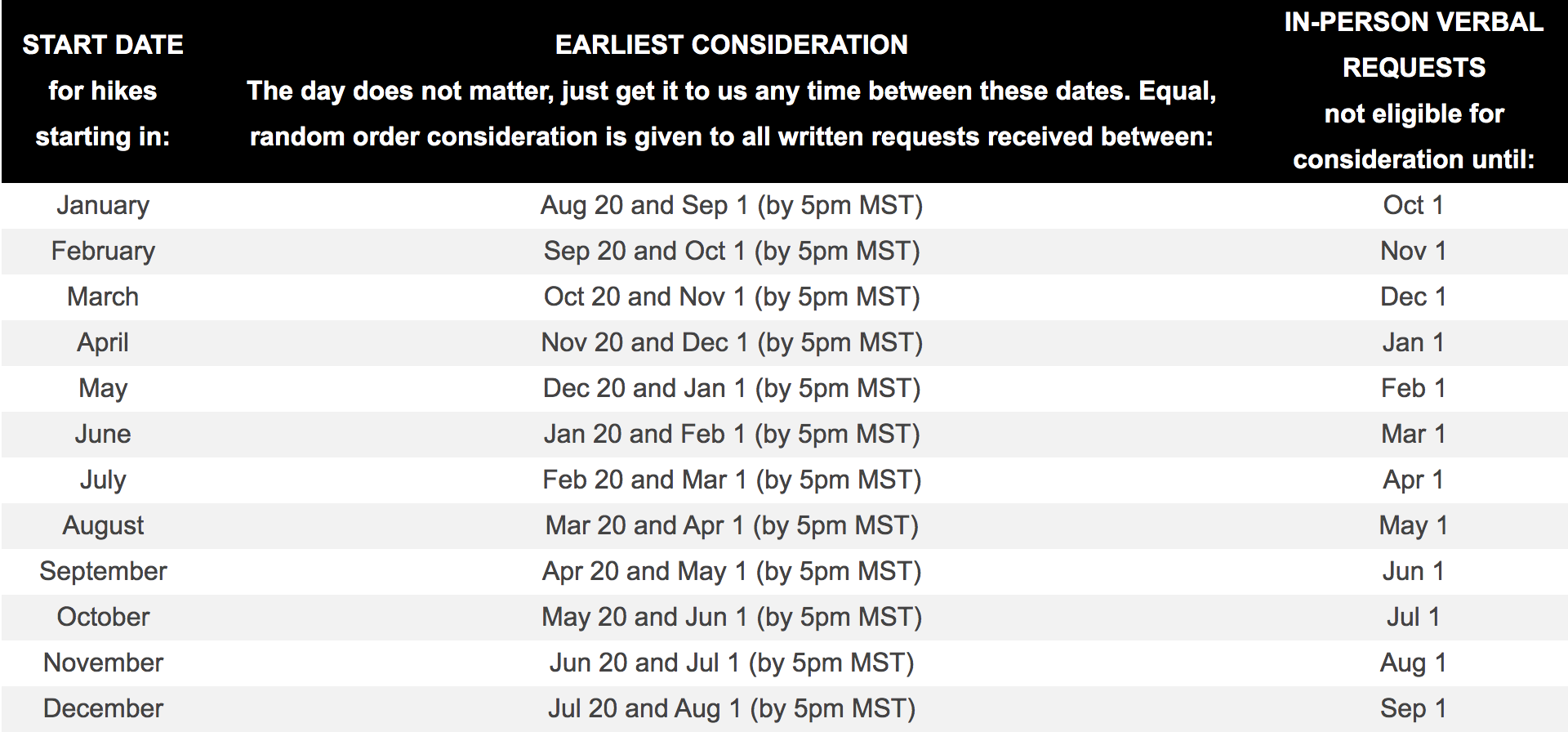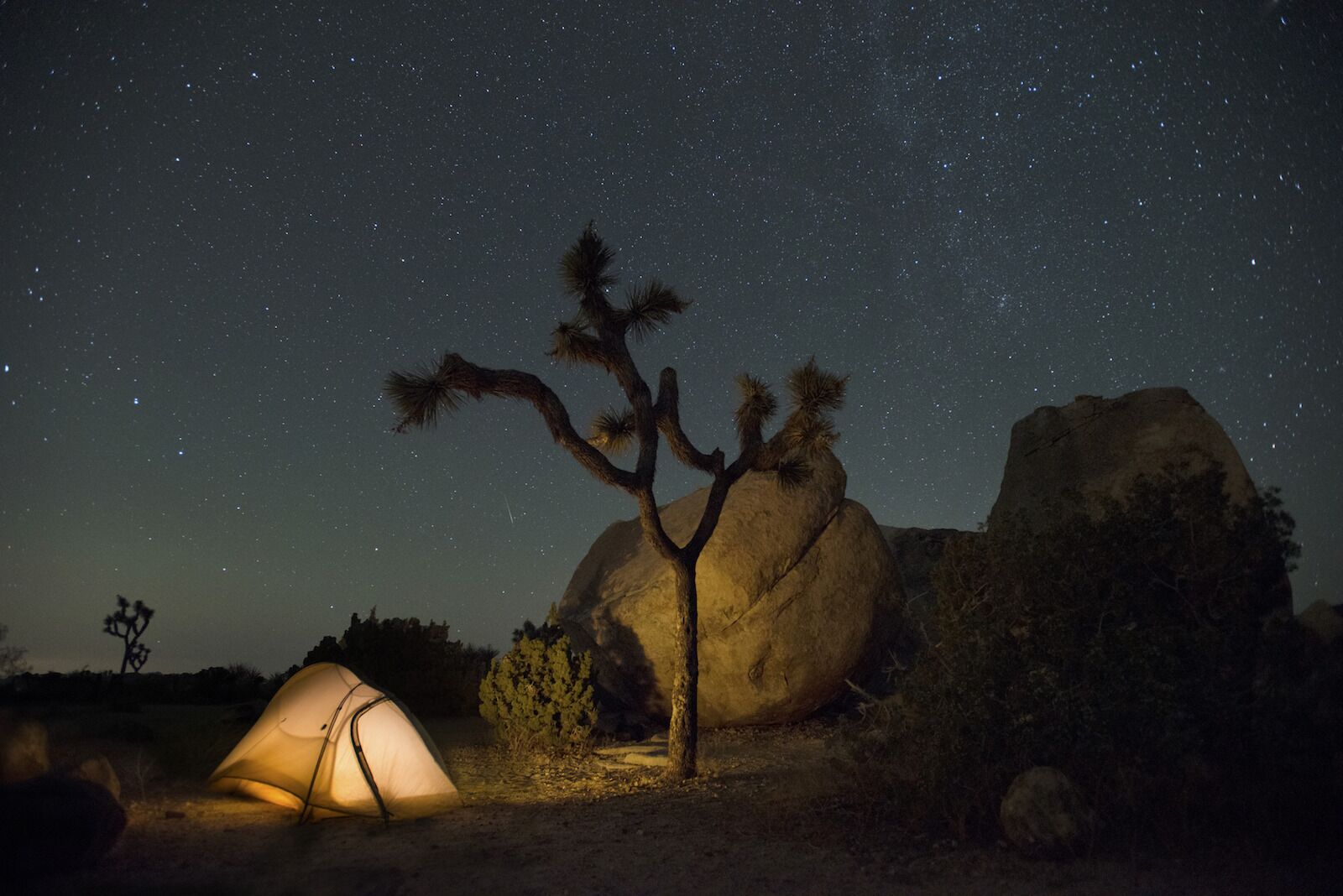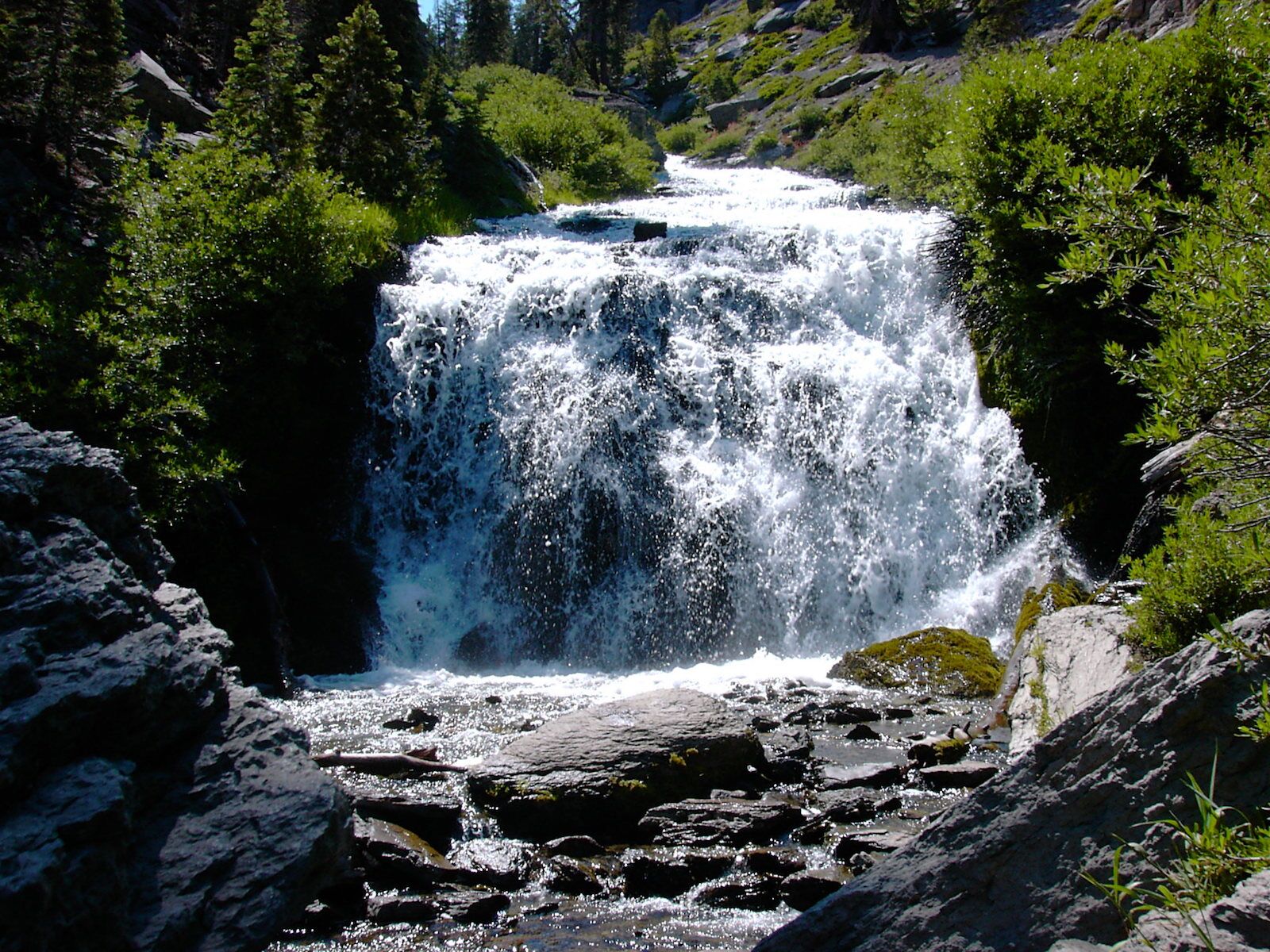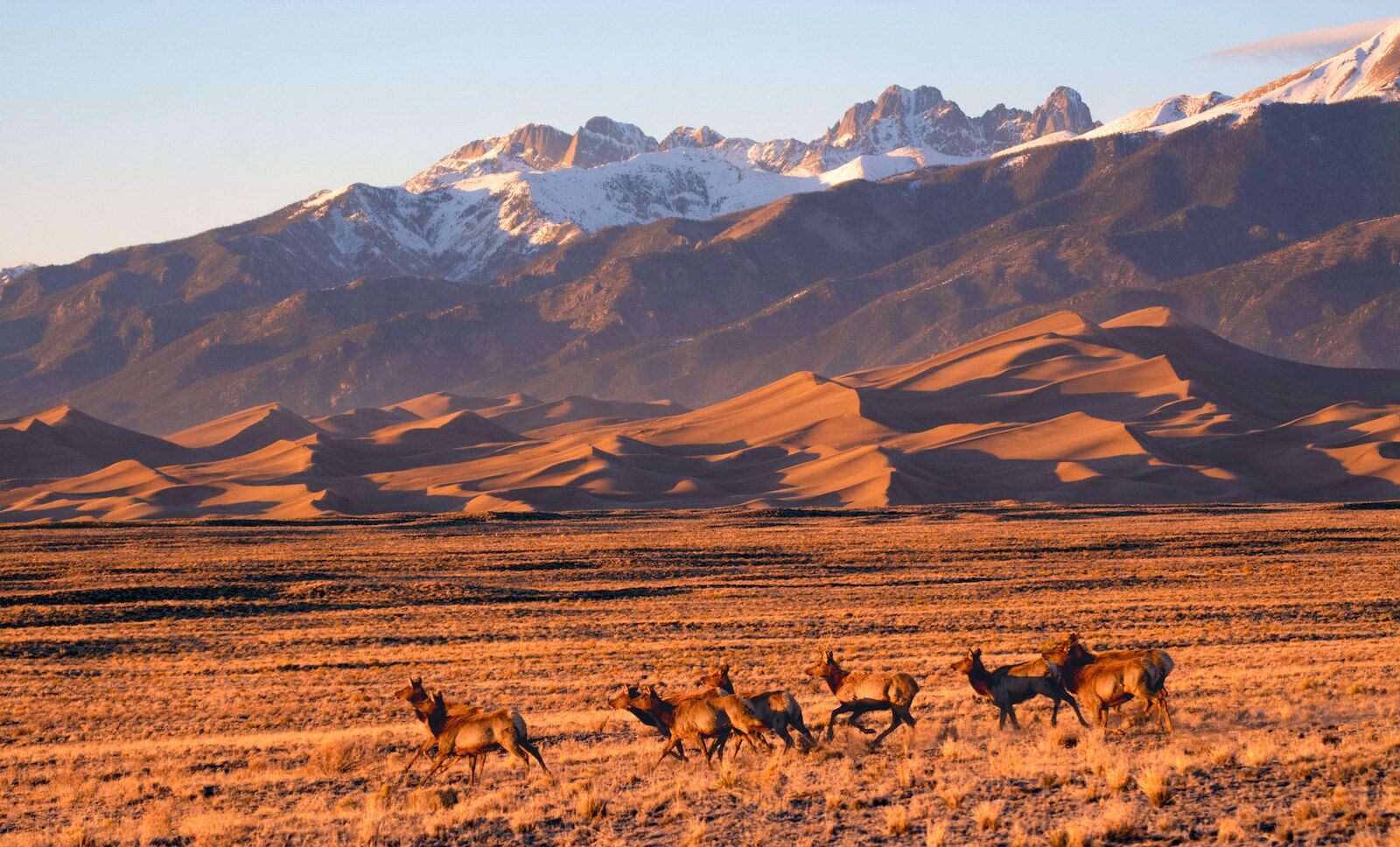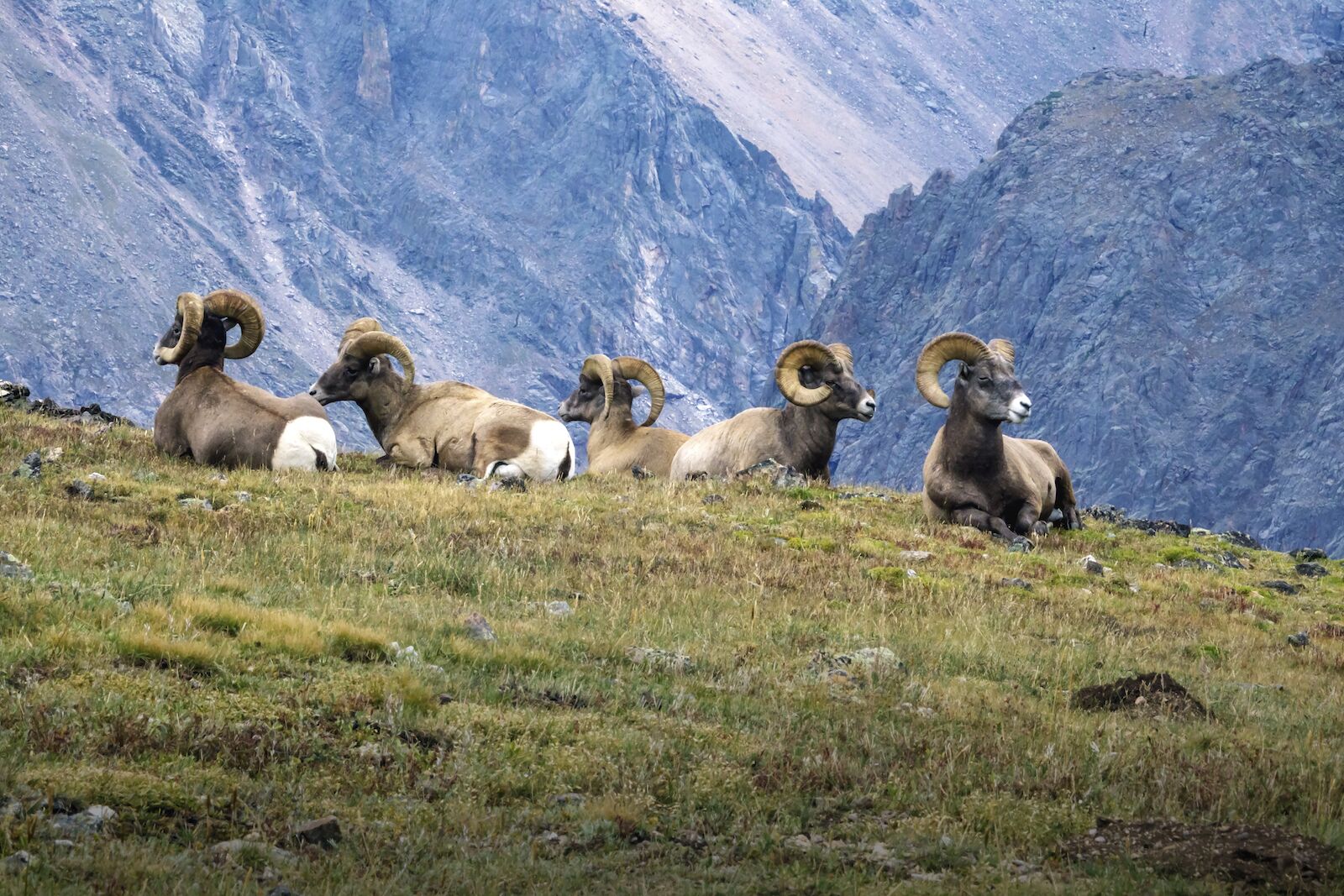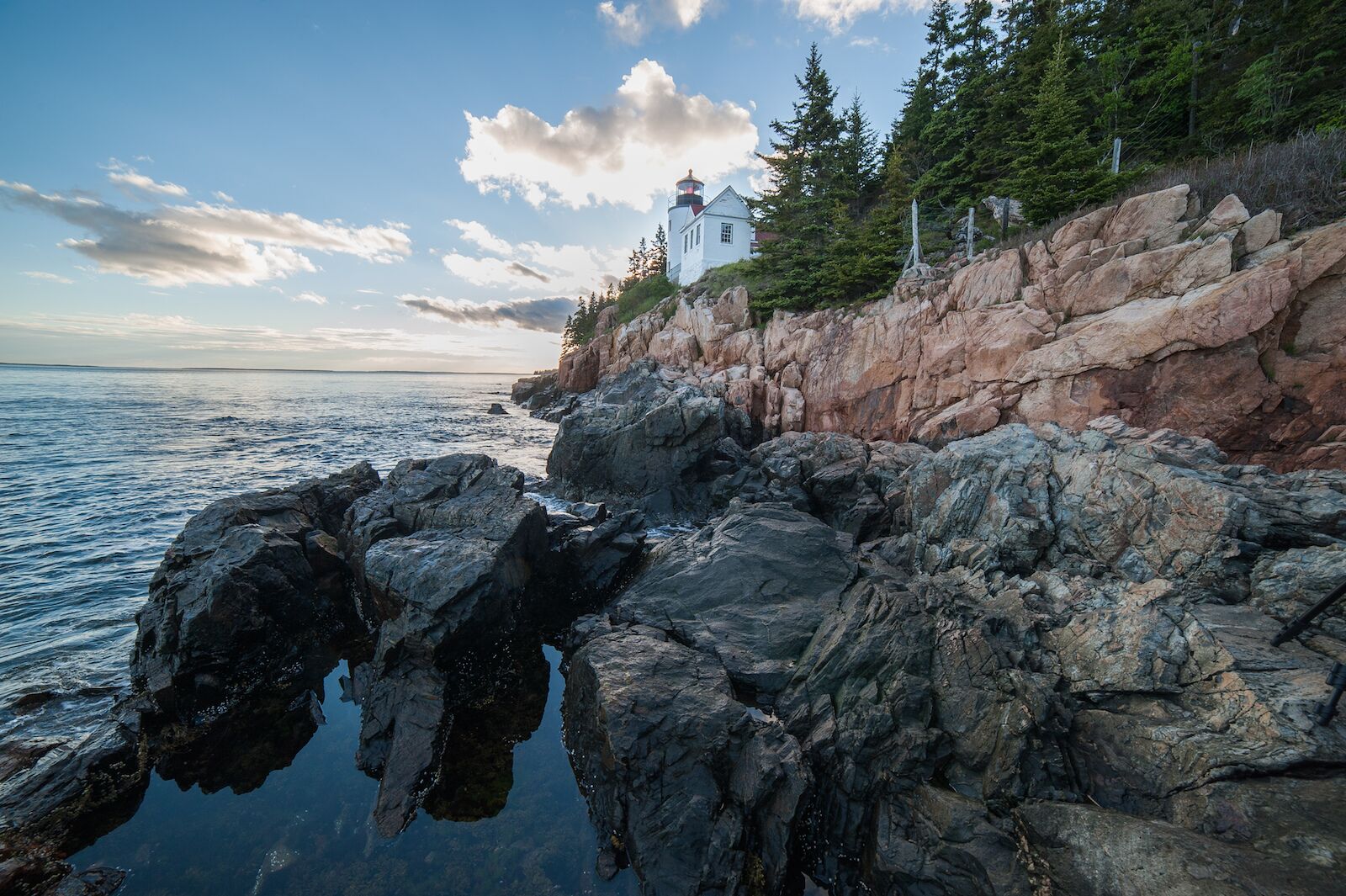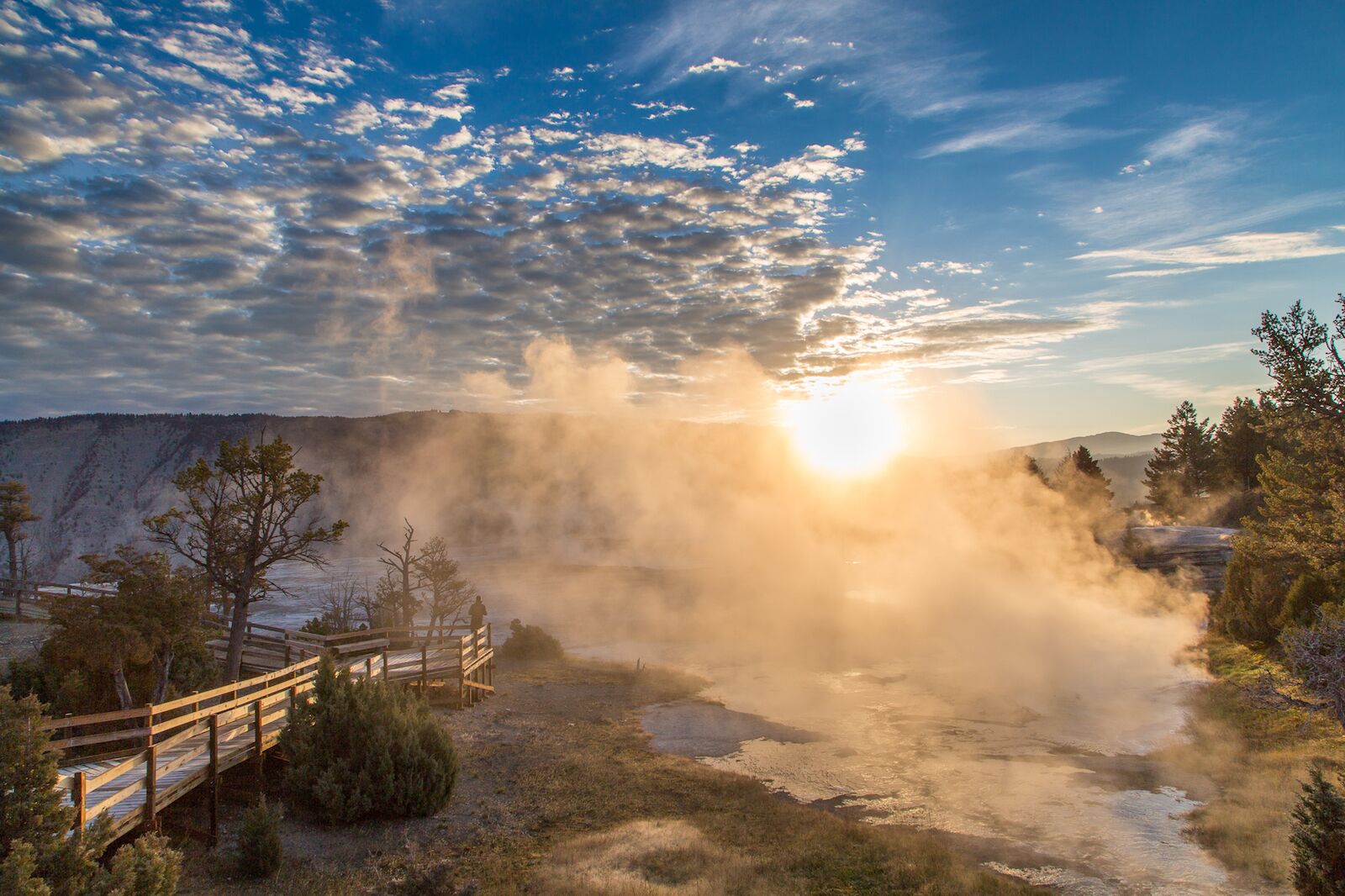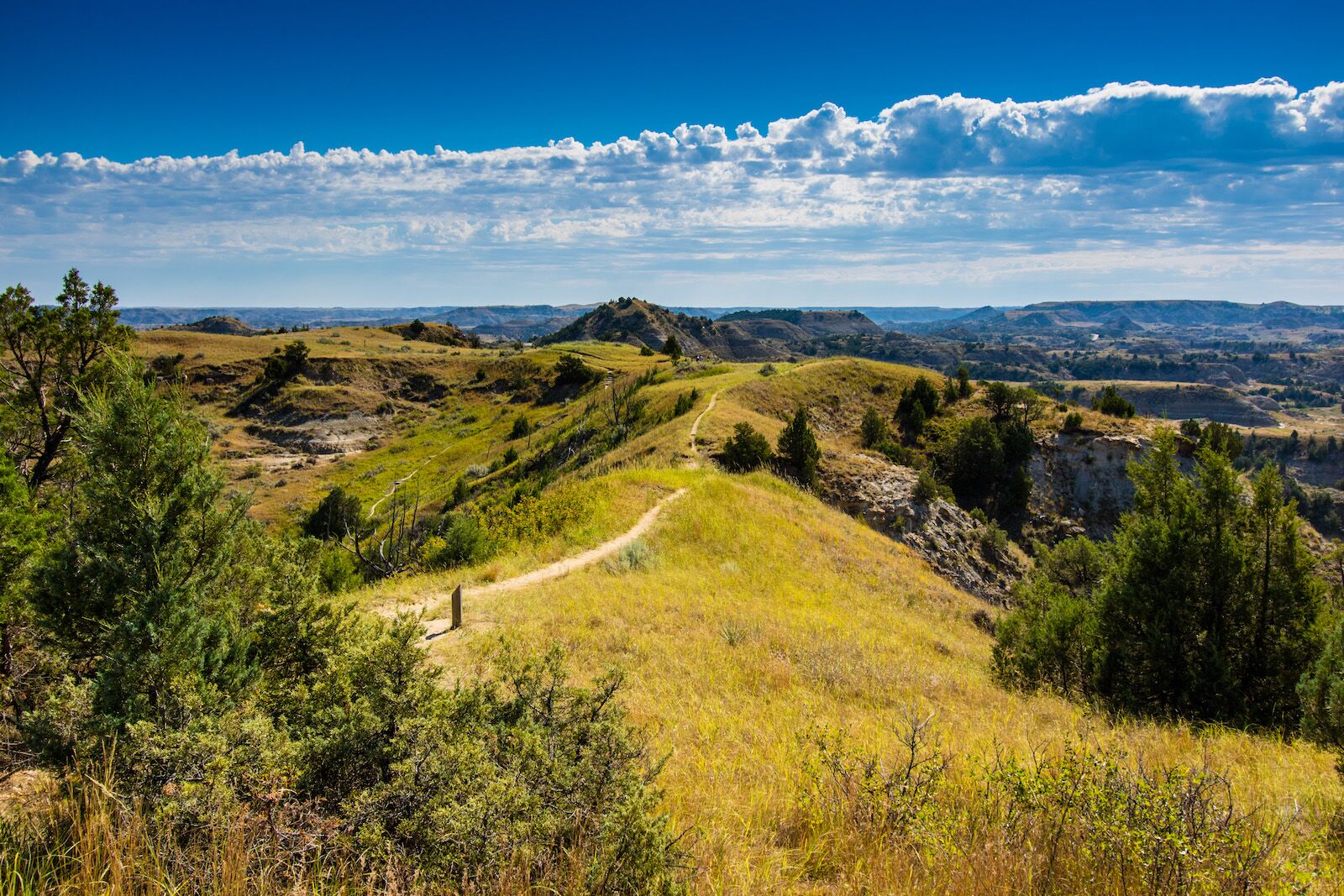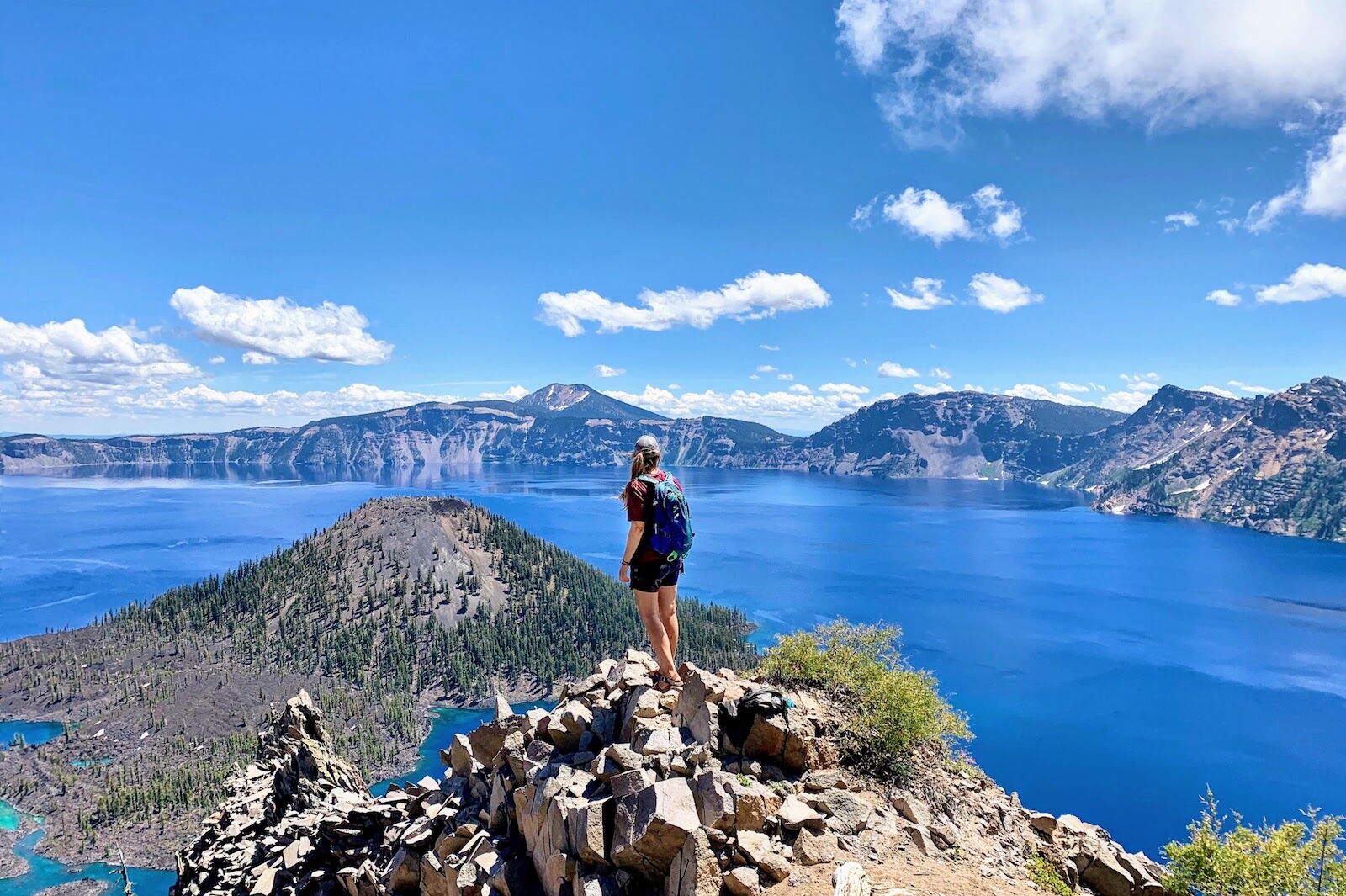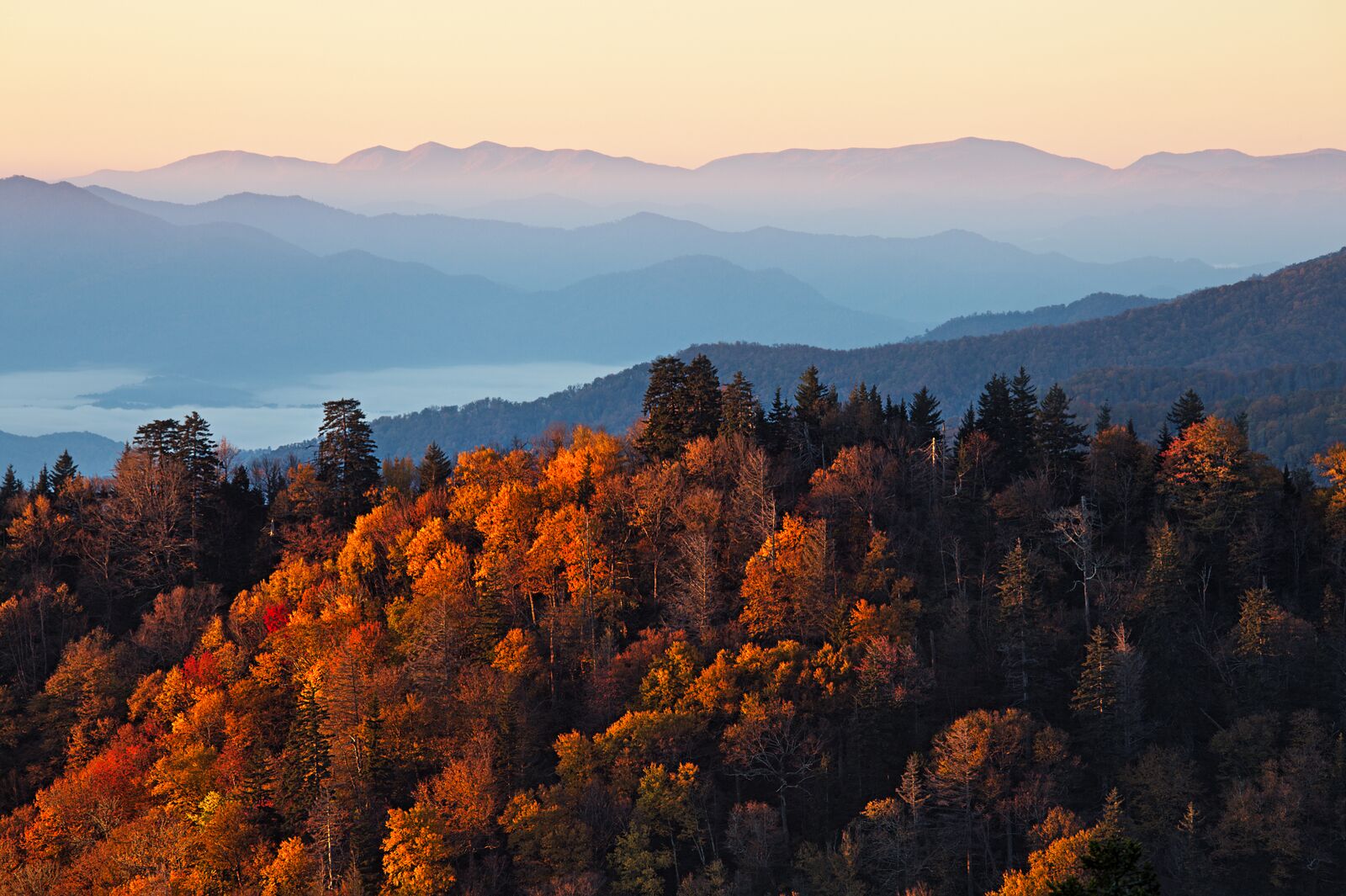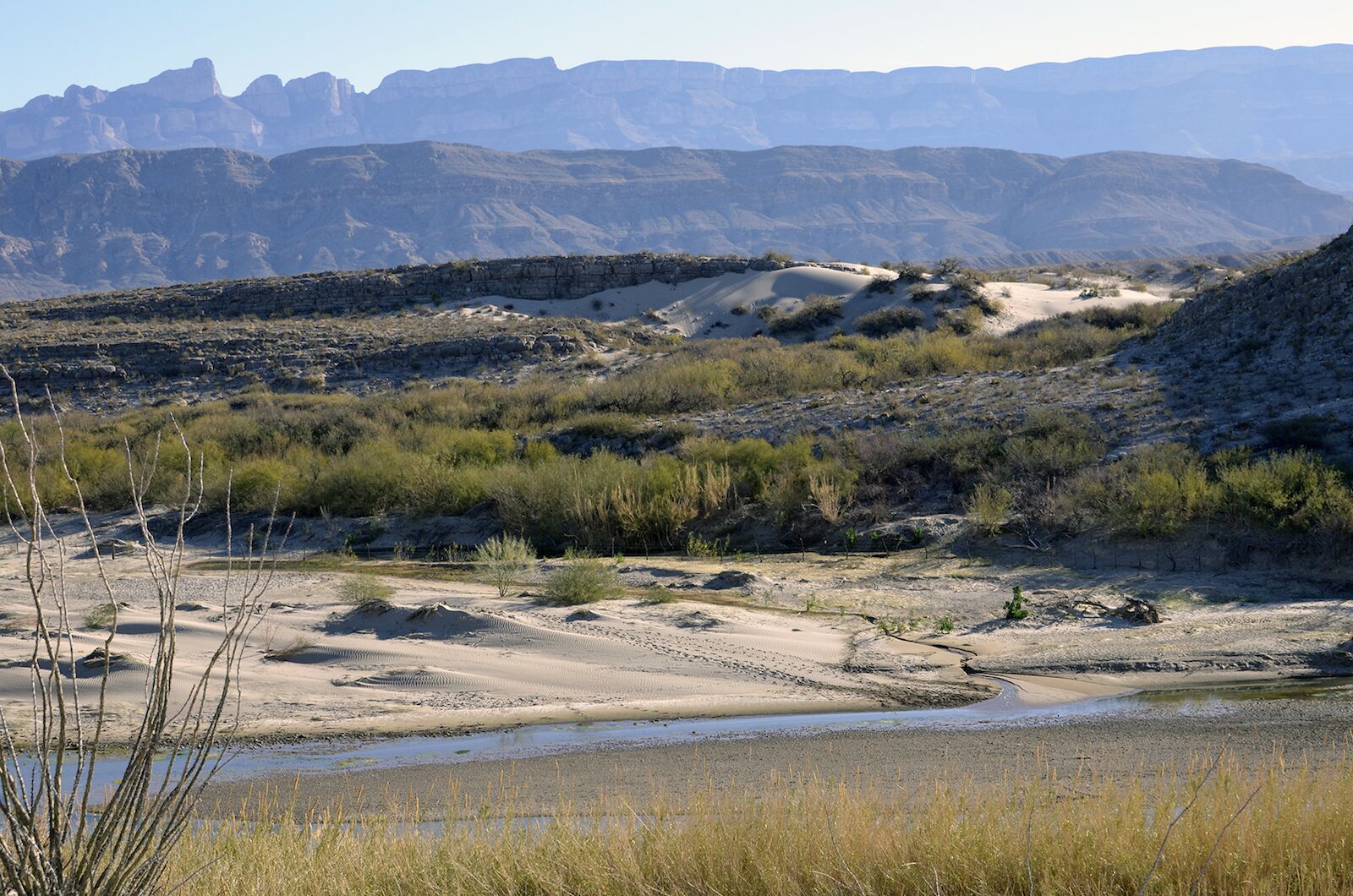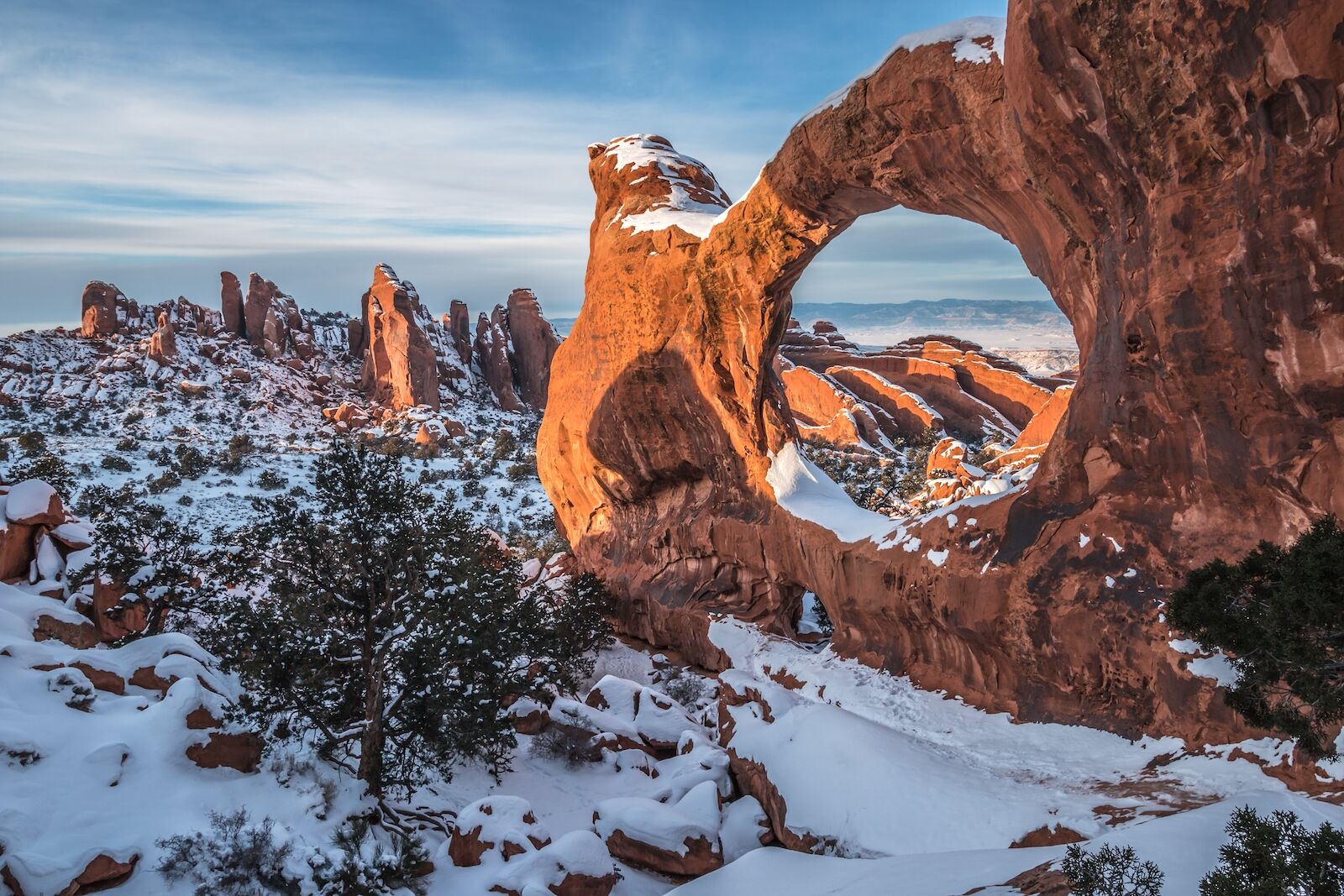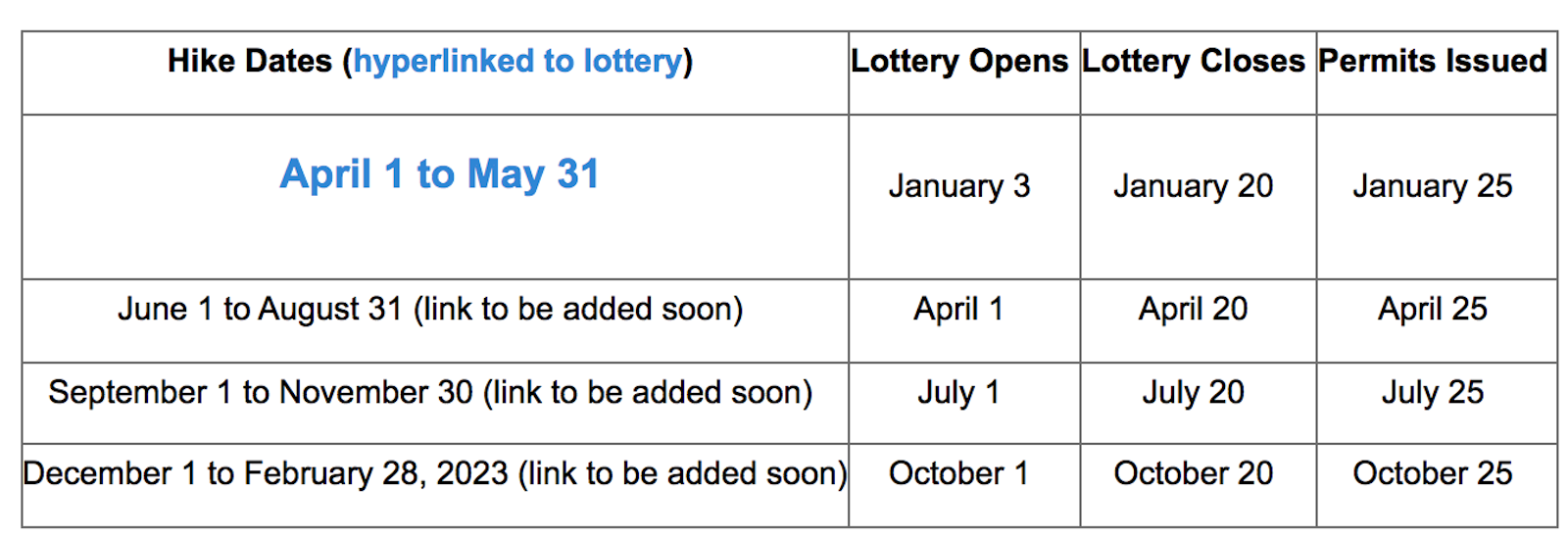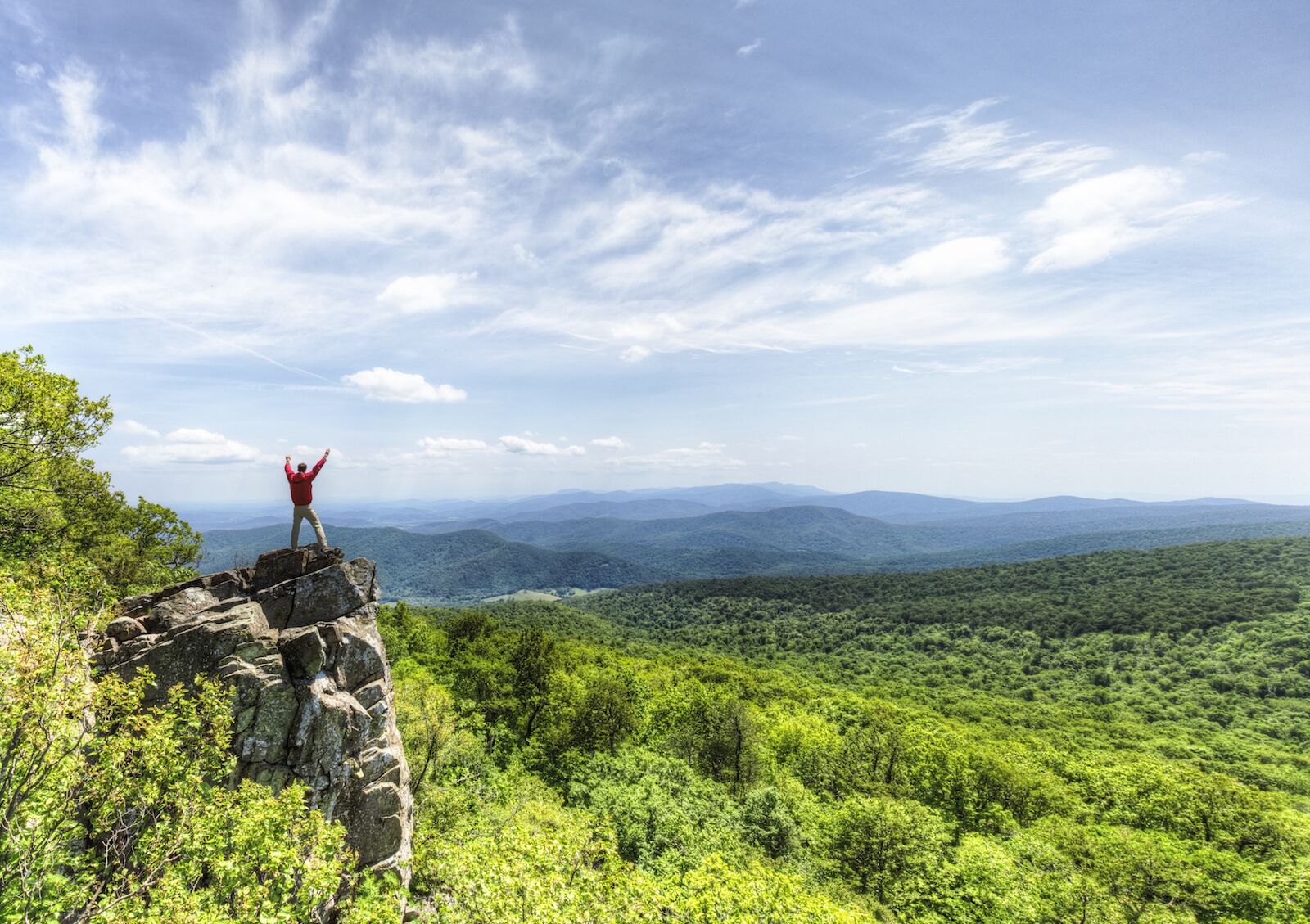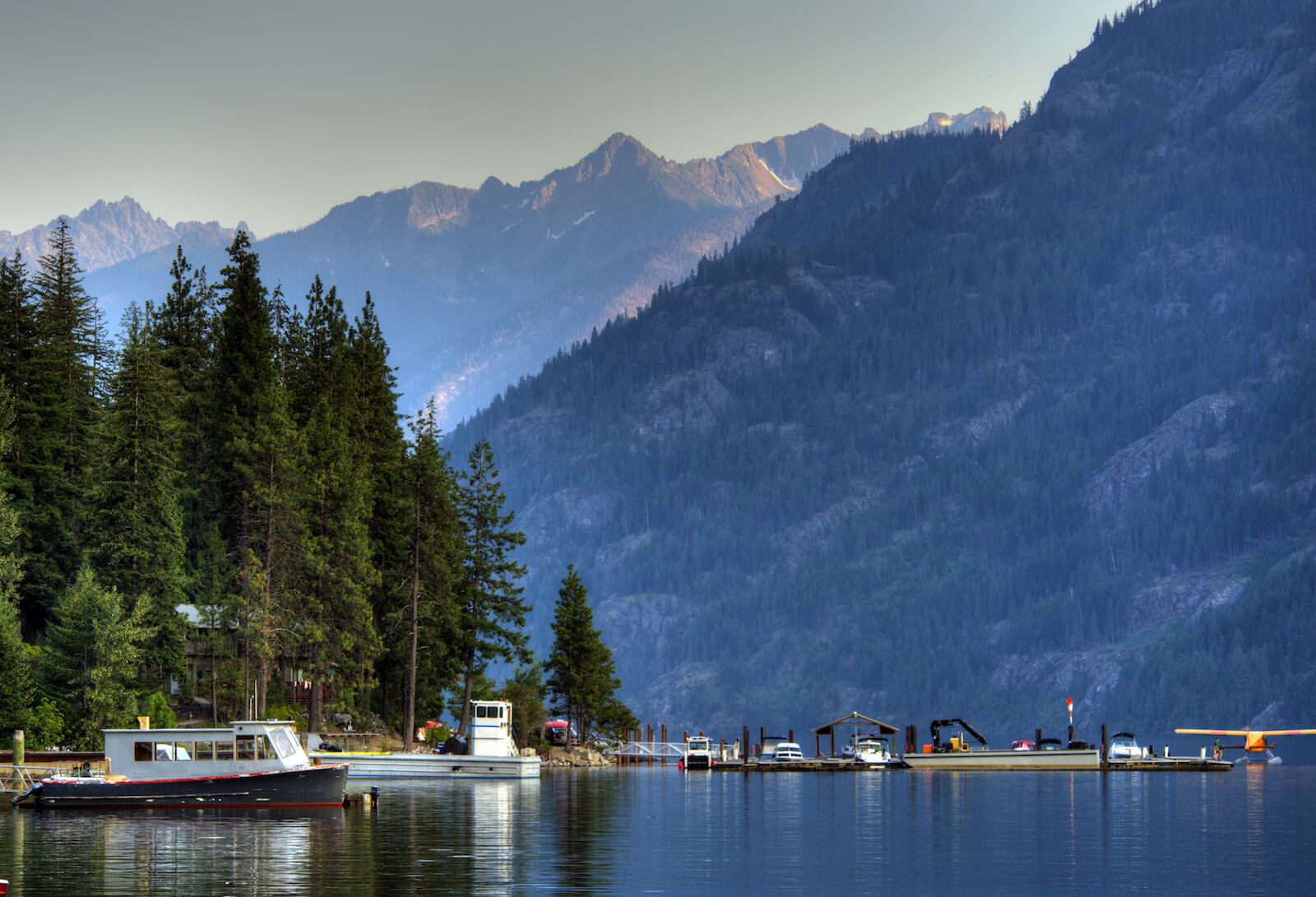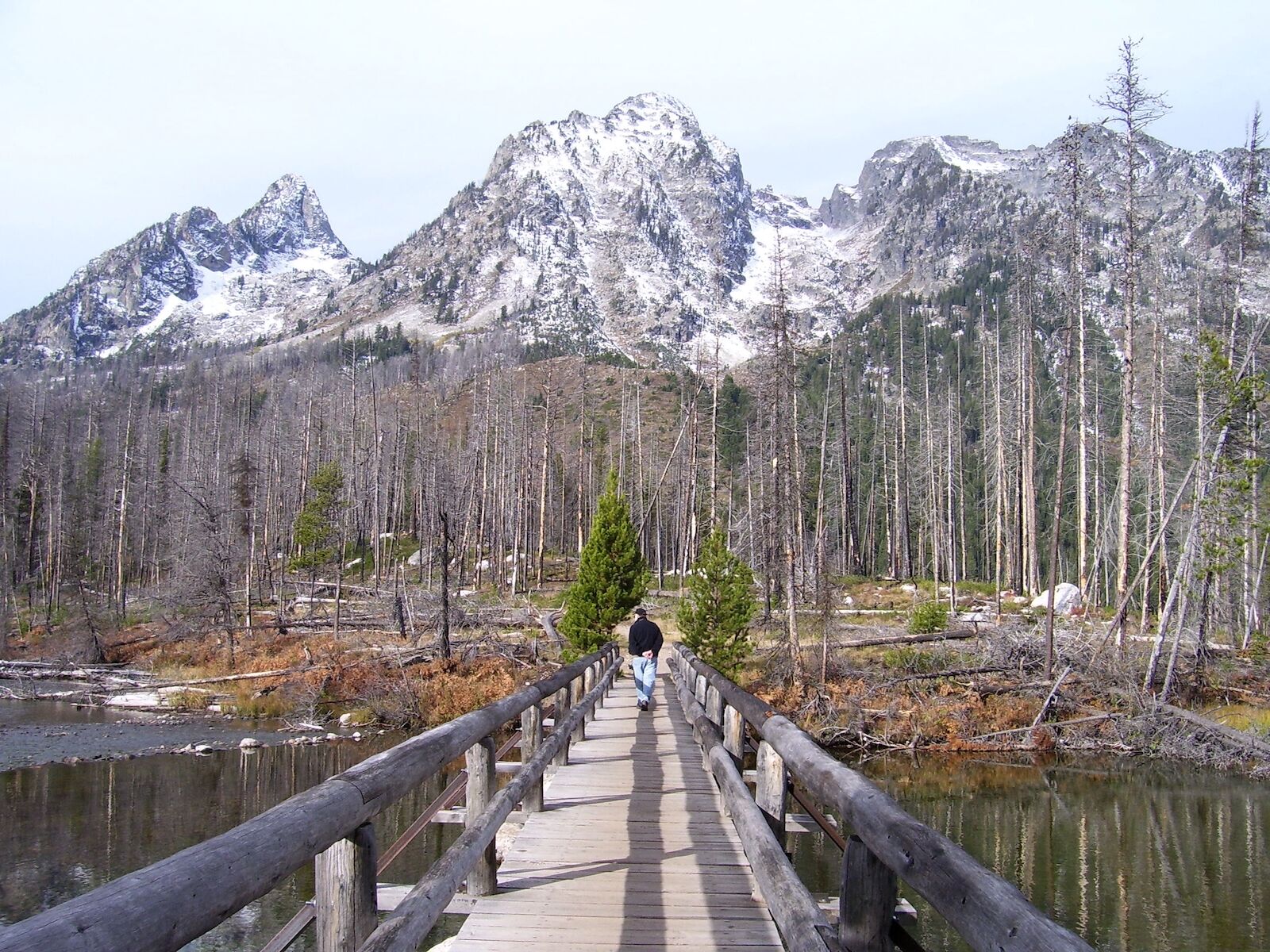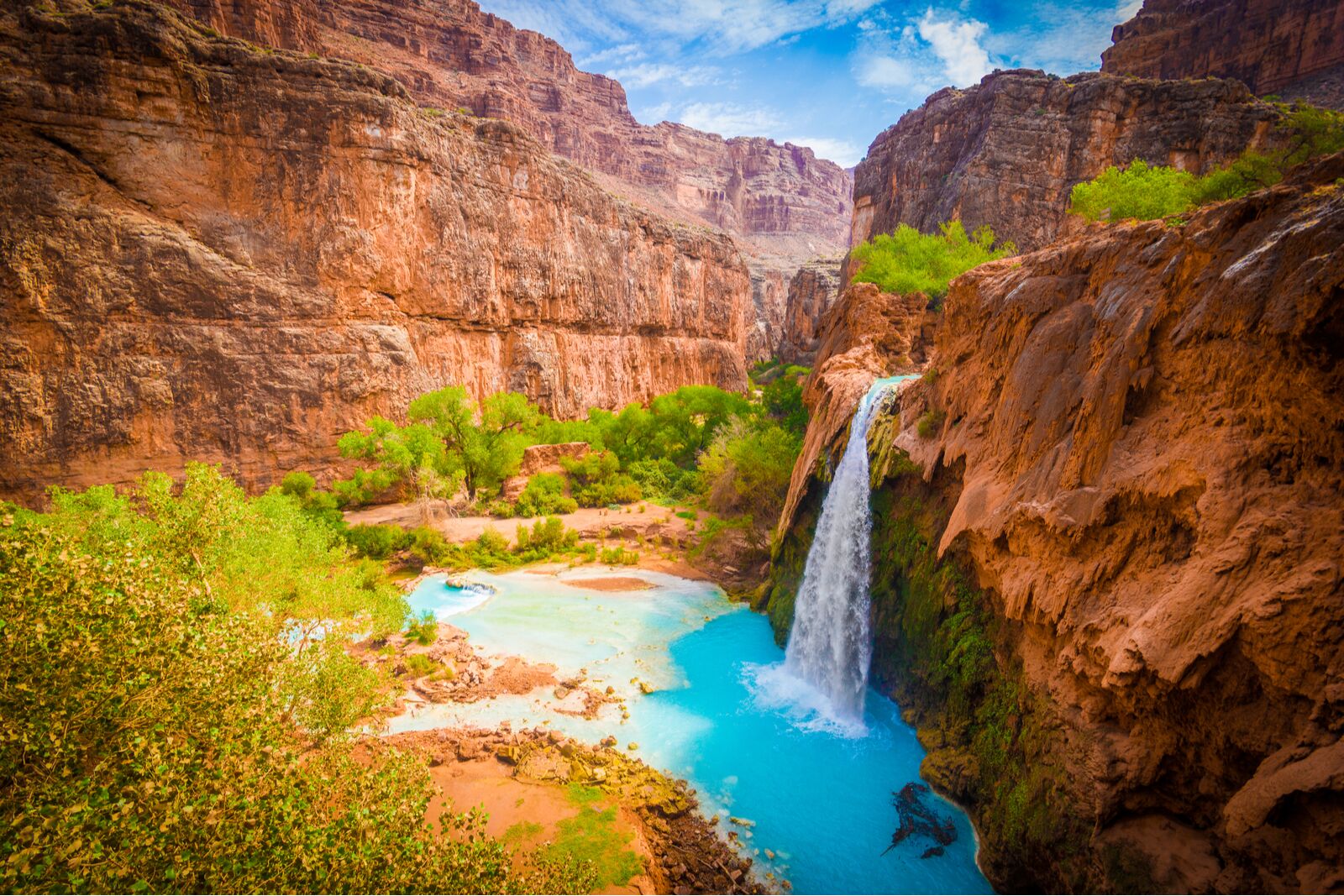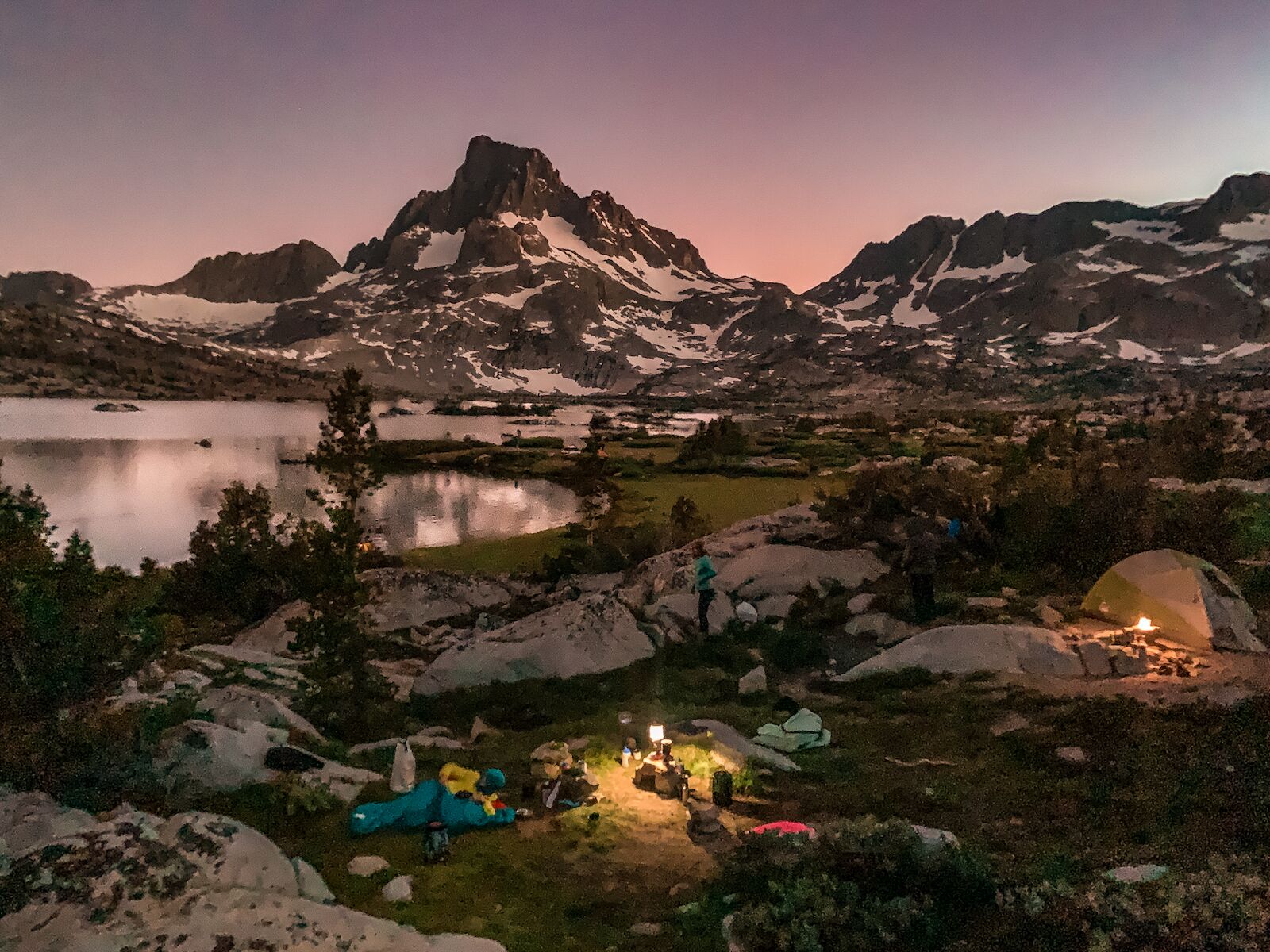It’s that magical time of year — go-time for applying for 2022 national park permits for trails and adventures this summer and fall.
Some of the most beautiful parks in the US have an overtourism problem, which is why you may need an advanced permit if you want to hike or backpack through a national park this summer.
If you’re dreaming of a summer camping trip, make sure to pay close attention to that national park’s permit dates — the process for snagging them can be cutthroat. If you miss the application date for a permit for popular hikes like Yosemite’s famous Half-Dome or Zion’s Angels Landing, you’ll have to aim for a last-minute permit — or replan your trip for 2023.

